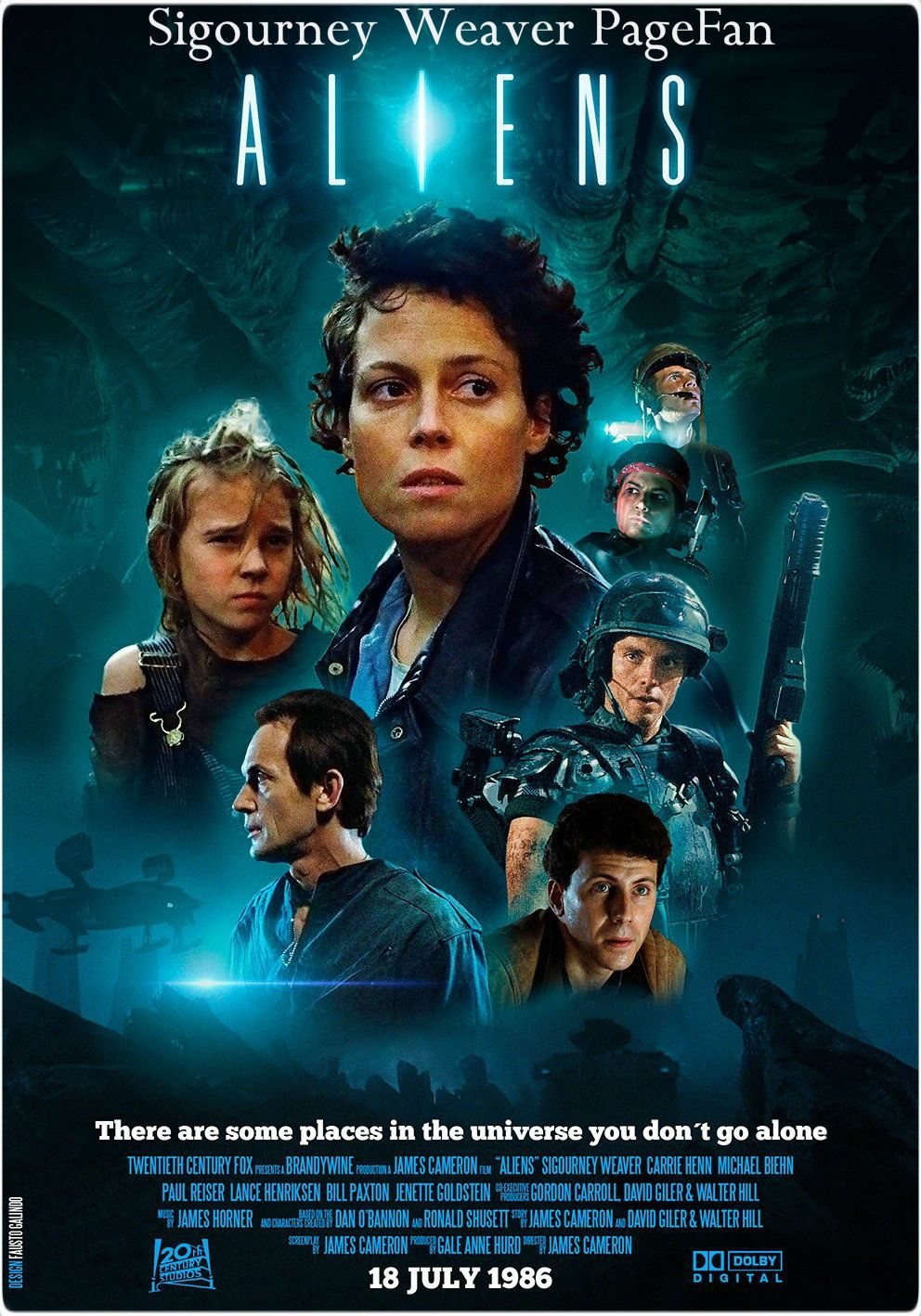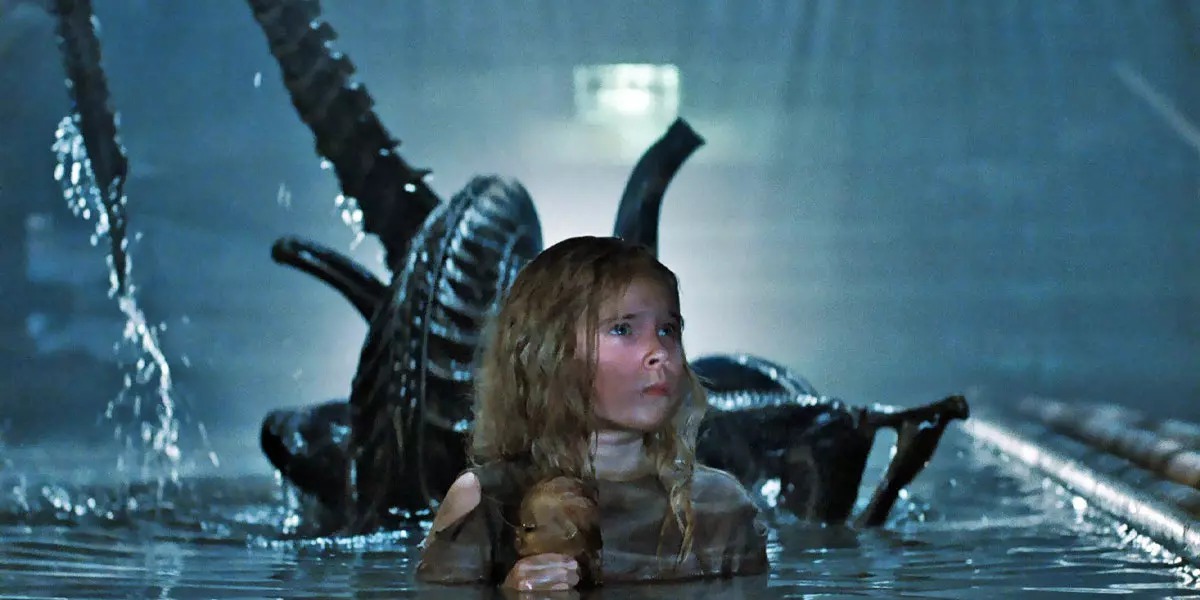Aliens (1986) 🎬


“Aliens,” directed by James Cameron and released in 1986, is a landmark science fiction action film and the highly anticipated sequel to Ridley Scott’s 1979 classic “Alien.” Set in the same chilling universe, the film features Sigourney Weaver reprising her iconic role as Ellen Ripley. Joining her are Michael Biehn, Paul Reiser, Lance Henriksen, and Bill

Paxton in a stellar ensemble cast.
The narrative picks up decades after the events of the original film. Ellen Ripley, the sole survivor of the deadly encounter with the xenomorphs, is awakened from hypersleep and reluctantly agrees to join a team of colonial marines on a mission to the planet LV-426. This planet, previously colonized by humans, has lost contact with Earth, and the marines are dispatched to investigate. Upon arrival, they discover that the colony has been overrun by the same terrifying alien species Ripley once faced.

As the marines and Ripley fight to survive against the relentless xenomorphs, Ripley forms a protective bond with Newt (played by Carrie Henn), a young girl who is the sole survivor of the colony. The film is renowned for its high-octane action sequences, claustrophobic tension, and deep character development. Ripley’s evolution from a survivor to a fierce protector is a central theme, adding emotional weight to the intense battles against the alien threat.

“Aliens” is celebrated for its strong performances, with Sigourney Weaver’s portrayal of Ripley being particularly acclaimed. The film also stands out for its groundbreaking visual effects and practical creature designs, which set new standards in the genre. James Cameron’s direction brought a new level of depth to the “Alien” franchise, expanding the mythology and enhancing the tension with masterful pacing and dramatic flair.
The film was both a critical and commercial success, solidifying the “Alien” franchise as a cornerstone of science fiction and horror cinema. “Aliens” won Academy Awards for Best Sound Effects Editing and Best Visual Effects, further affirming its place as a seminal work in both genres.










